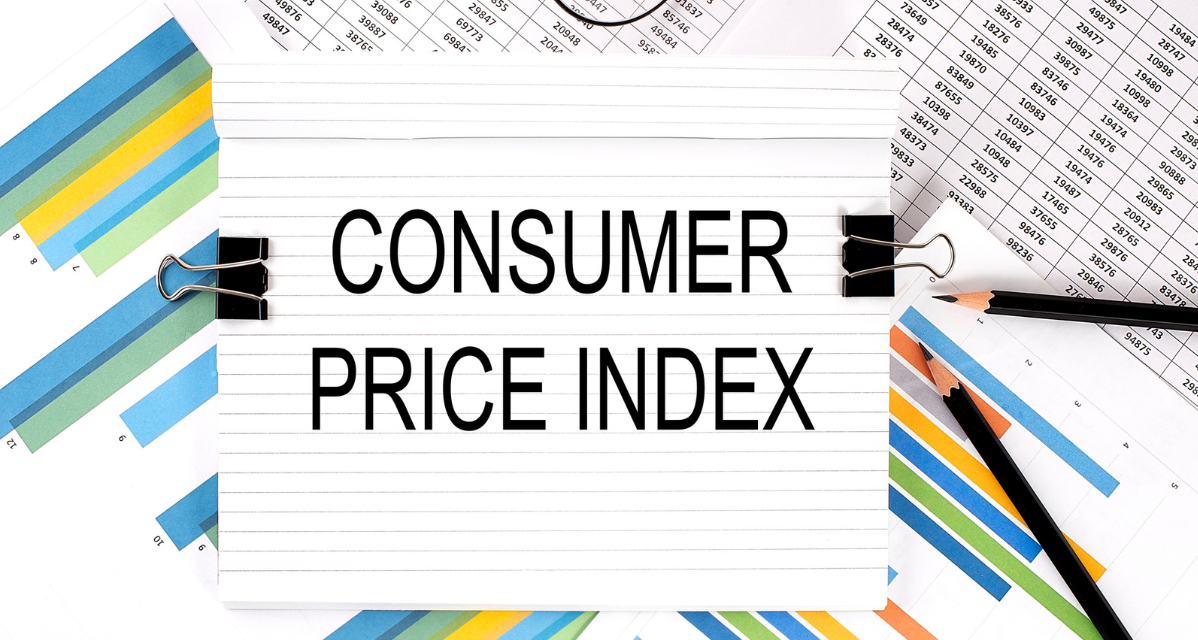Awaiting CPI and the Fed

At the close of business last Friday, global equities fell on the week amid slowing growth and dwindling optimism over the potential for a dovish pivot by the US Federal Reserve. The yield on the US 10-year Treasury note declined 4 basis points to 3.53% while the price of a barrel of West Texas Intermediate crude oil slumped $9 to $72.50 from a week ago. Volatility, as measured by the Cboe Volatility Index (VIX), rose to 22.50 from 20.5 last Friday.
MACRO NEWS
This has turned out to be a year where stocks are posting their worst returns since the Global Financial Crisis and bonds, their worst returns since the Great Depression. As Bloomberg points out, it has actually been the most bearish year since 1974, with the equity market enduring the most daily selloffs in almost five decades.
During this year, we have kept companies in our client portfolios that continue to generate real cash flows and companies that have significant opportunities ahead. One company I’d highlight is Amazon, which now sits with a market cap of just under a trillion dollars. Other companies with real business models, strong cash flow, and barriers to entry would include Apple, Meta (Facebook), and Alphabet (Google). My point is that these companies are real.
Back in 2004, when Google went public, it had a market cap of 23 billion. Today its market cap is 1.2 trillion. Each of these companies has continued to report strong earnings, and each has seen its stock price plummet this year. The reason is the fear of how high the Federal Reserve in the US would take interest rates. It didn’t much matter whether it was a strong company as mentioned above or a startup firm highly leveraged. Everything has sold off. I’ve been around long enough to know how this plays out. When the Fed finally announces that it is done, it is these giants that will lead the recovery, which I fully expect to see in 2023.
There is a lot of talk now about a pending recession in Canada and the US at some point in 2023/2024. Based on the data we are seeing, it appears any US recession will be mild and short-lived. A common theme we are hearing from both fund managers and analysts is “Fortress North America,” meaning the best and safest place to be invested going forward is the US, followed by Canada. Looking at my Andex charts, one thing is obvious. Going back to the 1900s, whenever we have gone through a pullback or a correction, the market has always rebounded and brought us back to the historical average return.
CANADIAN ECONOMIC NEWS
The Bank of Canada and the Reserve Bank of Australia each raised rates this week. The BoC hiked a half-per cent to 4.25% and the RBA by a quarter-point to 3.1%. The good news with this announcement is that our central bank has announced that it thinks it is done and any future moves on interest rates will be data-dependent.
US ECONOMIC NEWS
The Federal Reserve has increased interest rates four times this year. The first of those interest rate increases is only now being felt. As each month progresses, we expect to see a continued slowing of growth in the US. With only a few weeks left in the year, we are awaiting two of the most important remaining US macro data points: the US consumer price index reading for November (released Tuesday) and the conclusion of the December FOMC (occurring Wednesday). After peaking at 9.1% year over year in June, CPI has edged lower four out of the past five months, and economists expect a further decline to 7.3% from the 7.7% level in October. Core inflation is expected to fall to 6.1% in November from October’s 6.3%. Markets expect the Fed to raise rates next week by 0.5%, to between 4.25% and 4.50%, and eagerly await its so-called dot plot, which illustrates policymakers’ rate expectations along with their economic projections.
EUROPEAN ECONOMIC NEWS
On Thursday, the European Central Bank and the Bank of England meet; both are expected to hike rates by a half-point.
JAPAN, CHINA and EMERGING MARKETS ECONOMIC NEWS
After rallying sharply in anticipation of a relaxation of China’s harsh COVID restrictions, markets have retrenched a bit in recent days as increased mobility has brought a rising number of cases, suggesting China faces a difficult winter ahead on the public health front. While economic activity should rebound from depressed levels, it may take several months or quarters before a degree of normality returns as natural immunity levels and vaccination rates rise. Indeed, a former deputy chief at China’s Centers for Disease Control and Prevention, Feng Zijian, estimates that 80% to 90% of the Chinese population will eventually contract COVID. In recent days, a surge in fresh cases has caused a shortage of medical supplies in Beijing.

